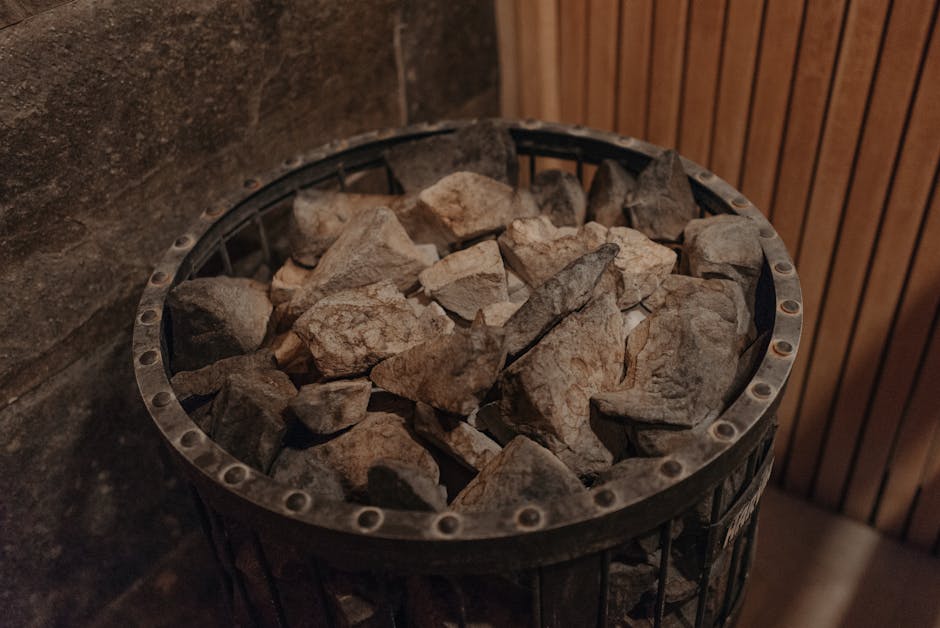DIY Pool Heater: Costs, Methods, and a Comprehensive Guide to Extending Your Swimming Season
Dreaming of extending your swimming season without breaking the bank? A DIY pool heater might be the perfect solution. While professional installation offers convenience, building your own can lead to significant cost savings and a rewarding sense of accomplishment. This comprehensive guide will walk you through various DIY pool heating methods, their associated costs, advantages, and disadvantages, empowering you to make an informed decision.
Understanding Your Pool’s Heating Needs
Before diving into DIY projects, understanding your pool’s specific needs is crucial. Factors like pool size, desired temperature increase, climate, and the type of pool (inground vs. above-ground) significantly impact the choice of heating method and its efficiency. Consider the following:
- Pool Volume: Accurately calculate your pool’s volume to determine the energy required for heating. Online calculators can simplify this process.
- Desired Temperature Rise: How much do you want to increase the water temperature? A larger temperature increase requires more energy.
- Climate: In milder climates, a less powerful heater might suffice, whereas colder regions necessitate more robust systems.
- Pool Type: Above-ground pools often require different heating solutions compared to in-ground pools due to variations in construction and insulation.
DIY Pool Heater Options: A Cost-Benefit Analysis
Several DIY pool heating methods exist, each with varying costs, complexities, and efficiency levels. Let’s explore the most popular choices:

1. Solar Pool Heaters
Solar pool heaters are an environmentally friendly and cost-effective option. They utilize solar energy to heat the water, reducing reliance on electricity or gas. While upfront costs are relatively low, the heating capacity depends heavily on sunlight availability. Consider factors like roof space and orientation when choosing this method. Installation involves connecting solar panels to your existing pool pump system.
- Pros: Eco-friendly, low running costs, relatively easy installation.
- Cons: Dependent on sunlight, may not be sufficient in colder climates, requires significant roof space.
- Estimated Cost: $500 – $2000 (depending on panel size and quantity)
2. Heat Pump Pool Heaters
Heat pumps are a more efficient option compared to traditional electric heaters, extracting heat from the surrounding air and transferring it to the pool water. They consume less energy to achieve the same temperature increase. While the initial investment is higher than solar, the long-term energy savings can be substantial. However, these require some technical expertise for installation and connection to your pool’s plumbing.

- Pros: Energy-efficient, suitable for various climates, relatively quiet operation.
- Cons: Higher upfront cost than solar, requires electrical connection, installation can be complex.
- Estimated Cost: $1500 – $5000 (depending on capacity and features).
3. Electric Pool Heaters
Electric pool heaters are the simplest to install but the least energy-efficient. They directly heat the water using electricity, making them costly to operate, especially for larger pools or in areas with high electricity prices. This method is best suited for smaller above-ground pools in warmer climates or as a supplemental heat source.
- Pros: Easy installation, readily available.
- Cons: High energy consumption, costly operation, not environmentally friendly.
- Estimated Cost: $300 – $1000 (depending on capacity).
4. Propane Pool Heaters
Propane heaters offer a balance between cost and efficiency. They use propane gas to heat the water, providing quick and substantial temperature increases. Installation requires proper gas line connections and adherence to safety regulations, making it a more complex DIY project. It’s vital to consult local codes and regulations before attempting installation.
- Pros: Quick heating, efficient compared to electric heaters.
- Cons: Requires gas line connection, potential safety hazards if not installed correctly, propane costs can fluctuate.
- Estimated Cost: $1000 – $3000 (depending on capacity and features).
DIY Considerations and Safety Precautions
Undertaking a DIY pool heater installation requires careful planning and attention to safety. Always prioritize safety over convenience. Consult local building codes and regulations before starting any work. Here are some key considerations:
- Electrical Safety: If working with electrical components, ensure you have the necessary expertise or hire a qualified electrician.
- Gas Safety: If using propane, ensure proper ventilation and follow all safety instructions meticulously. Never work with gas lines without proper training.
- Plumbing Connections: Ensure all plumbing connections are leak-free and properly sealed to prevent water damage.
- Permits: Check your local regulations regarding permits for pool heater installations.
- Professional Assistance: Don’t hesitate to seek professional assistance if you’re unsure about any aspect of the installation process.
Conclusion: Making the Right Choice for Your DIY Pool Heater
Choosing the right DIY pool heater involves carefully weighing various factors—budget, climate, pool size, and personal skills. While a DIY approach can lead to significant cost savings, remember that safety and proper installation are paramount. By carefully considering the information presented in this guide, you can confidently embark on your DIY pool heating project and enjoy a longer, warmer swimming season.


